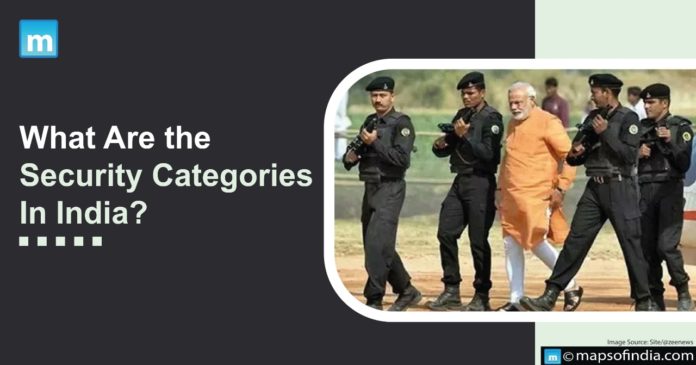The type of security, popularly known as “VIP security”, is often exclusively provided to those who hold significant positions in the administration or society. Certain people are generally entitled to security protection because of the roles they occupy in the government. It includes:
- The Prime Minister and his immediate family
- The Home Minister
- The National Security Advisor
The MHA determines the level of security required by any individual based on information from intelligence agencies, including the Research and Analysis Wing and Intelligence agencies, when the national government decides to provide security to an individual.
Confidential Insights: The intelligence inputs these organisations provide, especially where VIP security is concerned, are neither made public nor subject to review by any other organisation.
Concern over lack of Accountability: Indian intelligence services are only subject to internal oversight by the Ministry of Home Affairs and the Ministry of External Affairs and are not subject to any statutory accountability (MEA).
- VIP security is susceptible to exploitation by the executive due to the opaque nature of its operation and the fact that there is almost no accountability outside the ruling administration.
Types of Protection provided by the Government
The security cover is divided into roughly six degrees of protection: X, Y, Y-plus, Z, Z-plus, and SPG (Special Protection Group).
The SPG is exclusively intended for the Prime Minister and his direct family members; however, anybody about whom the federal or state governments have information about a threat may be given protection under other categories.
Even within these categories, there are many security cover options. Home security, mobile security, workplace security, and interstate security are a few of them.
The number of guards assigned to the protectee varies depending on the category:
- On average, just one shooter guards the person in the X group. The lowest degree of security is the X category.
- Ten security officers are assigned mobile security for Z-plus category protectees, while two (plus eight on rotation) are set to residential security.
Protectionees get home security through the state police, but mobile security is provided by a Central Armed Police Force (CAPF). A set of forces for internal security is known as the Central Armed Police Forces of India (under the Ministry of Home Affairs). The CISF, ITBP, CRPF, and many others are among them.
Central Reserve Police Force (CRPF), Central Industrial Security Force (CISF), and The National Security Guard (NSG) have been ordered by the government to provide security coverage for VIPs other than the Prime Minister. Since the NSG’s primary responsibility is counterterrorism activities, not VIP protection, the government has sought to lessen the load of VIP security on the NSG. Because of this, the Home Minister and NSA have received CRPF and CISF coverage.
Who bears the cost of the personnel?
On evaluation by the intelligence organisations, the cost of protection was as follows: Anyone to whom the government offers security is given the protection without charge following an evaluation by intelligence services. But those with complex security covers, including those in the Z and Z-plus categories, could have to consider accommodations for these security employees independently.
In the case of private individuals, the government has the right to assess a danger against a private individual even after they request security. Still, their application has no impact on the government or civil society.




